A Wake for Roger Casement at Kilkenny Arts Festival
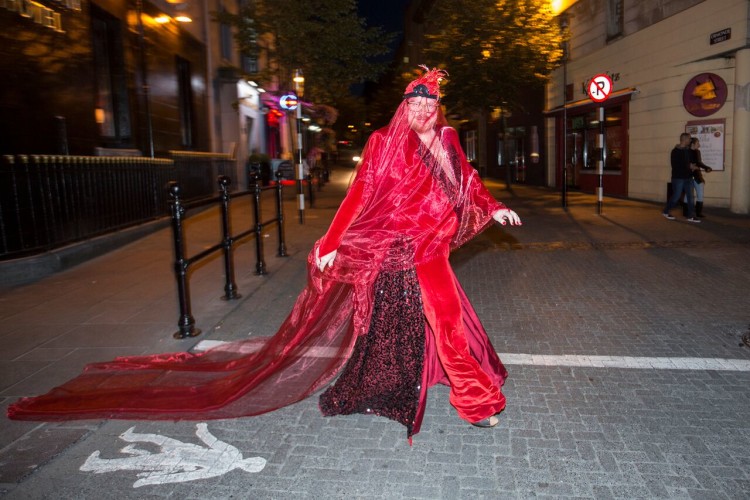
Despite seeing good dance pieces at Kilkenny Arts Festival over the past few years and having presented Tabernacle in the festival myself, I’ve never been completely happy with the relationship between performance and audience that Kilkenny’s Watergate stage sets up. One of the things I love about Kilkenny Arts Festival in general is the set of serendipitous connections that are established when visiting artists meet one another and when those connections are shared with an audience. The closing night concerts with their embarrassment and diversity of (mostly) musical talent is a template for the special magic that a festival like KAF can conjure. I’ve been having a conversation with festival director, Eugene Downes about how dance could feature in those moments of exchange: a solo or duet on the platform in St Canice’s where it is seen by a large general arts audience, rather than an evening length piece at the Watergate that is more likely to attract its smaller specialist audience. As an evangelist for dance, I’m keen to find and capitalise on those moments where dance can reach wide.
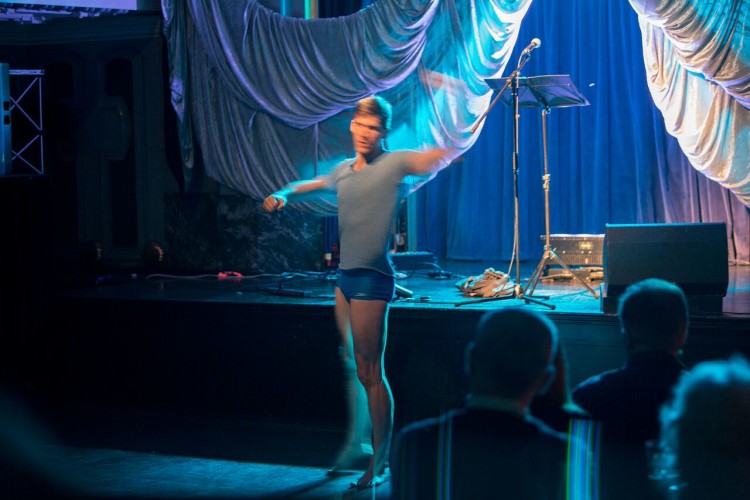
It’s in that context that we came to present A Wake for Roger Casement at KAF this year. I owe its form to both Eugene and to Cian O’Brien who mooted the possibility of The Casement Project appearing at KAF in the guise of a club night. – something that could happen late at night and could honour the contemporary relevance of Casement’s legacy with queer seriousness and sass. Much of the planning for the event took place while I was finishing Butterflies and Bones, and so I owe to Cian and to Eugene the line up we gathered for the night: Olwen Fouréré, Una Mullally, Martin McCann, Mangina Jones and me. It was clear, because of space and budget, that we couldn’t perform Butterflies and Bones, so, knowing I’d danced in the lecture demonstrations in Tralee and in New York, as well as in our Banna version of the show, I decided I’d bring the dancing to our wake. I’ve confessed elsewhere to the inordinate pleasure I still get from dancing, so there was a kind of selfishness as well as a pragmatism in offering my own dancing for the event. However, knowing that our format would only come together on the night and in circumstances over which we had limited control, I was also happier to oblige myself to be adaptable rather than ask any of the dancers to sign up to something yet to be determined. (This despite the fact that they generously sign up to performing in my work without my ever being able to explain what that will entail!)
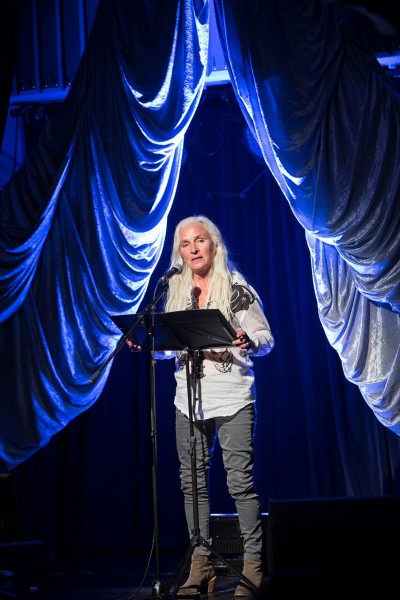
What I did trust was the very capable and talented line up of contributors to The Wake for Roger Casement. In advance of our arriving in Kilkenny, I’d proposed a structure for the evening that placed dance alongside spoken text and song, all held together by the energy of Mangina Jones (who hosted the conclusion of Féile Fáilte) and happy dance tunes from DJ Martin McCann. Olwen read a piece about Casement which the National Concert Hall had commissioned Fintan O’Toole to write for its Imagining Home event, as part of its Ireland 2016 commemorations. The piece, called The Nightmare of Empire/The Dream of Europe, focuses on Casement in the Congo and his ability to read the connections between the exploitation of the indigenous population in the rubber trade and the flourishing of empire in London and Dublin where rubber products are everywhere. This link between Casement as anti-capitalist as well as anti-colonialist was the first of the significant contemporary resonances that our wake of Casement highlighted. Una Mullally’s enthralling and moving eulogy to Casement continued to read Casement’s legacy through a contemporary frame, imagining him as a foreign correspondent reporting on human rights abuses in Syria or on the shores of Europe, or supporting the campaign to repeal the 8th amendment. Una’s poetic and allusive eulogy caught me unawares when I first heard it in the sound check and I was moved by the way it summed up much of what I hoped we could achieve in The Casement Project.
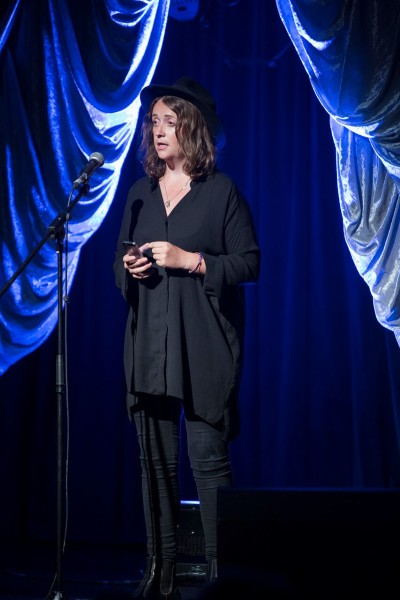
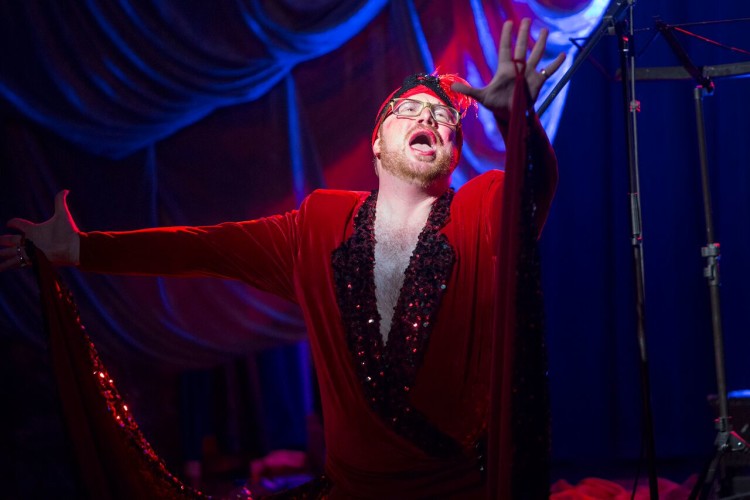
Mangina Jones started the choreography for the night with a procession through late night Kilkenny from our hotel to the Set Theatre where we performed. Her repertoire included an emotional rendition of ‘ The Parting Glass’ from the Celtic Women concerts, an over-emotional ‘Toxic’ by Britney Spears (during which I sustained significant knee grazes!) and an over-the-top ‘River Deep, Mountain High’, in which the body was gloriously celebrated.
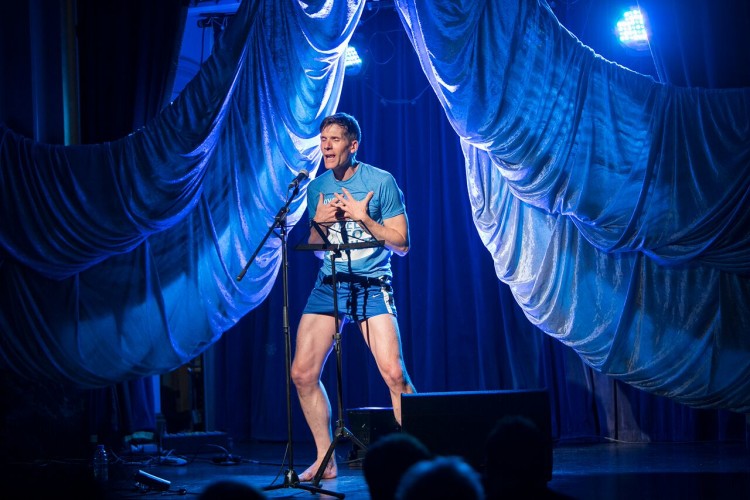
And I danced three short solos, interspersed throughout the evening, not feeling the need to explain them, other than to let them be the alternative mode of feeling and communication that I think movement can be. Having the dancing alongside the spoken word and music gave it an equal platform to those more familiar art forms. And it seemed to work for the audience too, some of whom stopped me on the street the following day to give some positive feedback. (Though some were disconcerted that I was clearly older than the magical club lighting had suggested!)
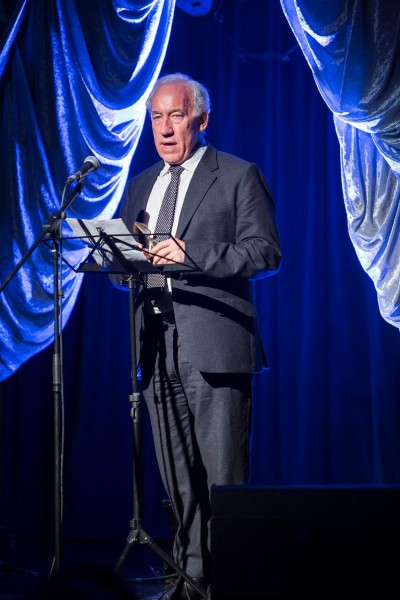
A treat that is typical of what KAF can make happen is that Simon Callow, who was a guest of the festival for that opening weekend, made an appearance at The Wake for Roger Casement, reading the letter about Casement’s post-mortem that Bernadette reads in Butterflies and Bones. It’s a letter that makes clear the state’s treatment of Casement as a pathologised, deviant body. So I followed it with the selection of Casement’s words, mostly from the Black Diaries, which indicate how Casement liked to use his body and which Matthew has arranged for Butterflies and Bones. I like how the material of The Casement Project is mobile, transferrable and a little contagious. It passes from one to another, transformed and transforming in the process. So I danced the solo that Theo dances at the end of the show, spoke the words that Matthew speaks in the show and danced the solo which I created ten years ago but which, transformed by Aoife, is now danced in new forms by the performers in Butterflies and Bones.